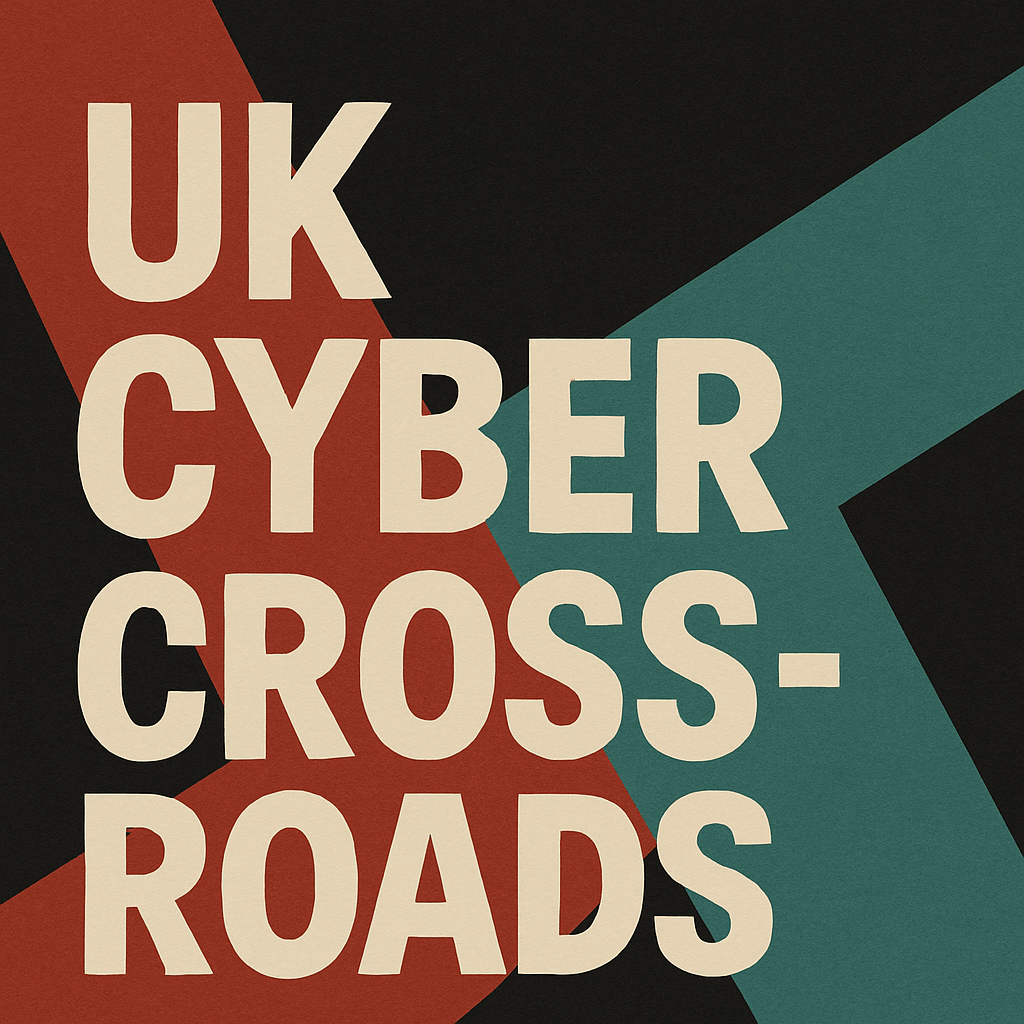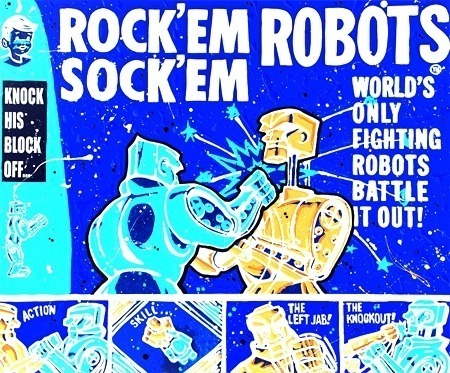The Tech Nation Report 2025 reaffirms the UK’s position as Europe’s leading tech hub, valued at $1.2 trillion and home to 163 unicorns. Yet it also exposes structural barriers, capital bottlenecks, talent shortages, regional imbalances, and over-reliance on London and AI. This article critically reviews the report, adds practitioner-led insights, and proposes a roadmap for sustainable and regionally inclusive growth.
Continue reading


















